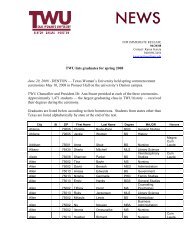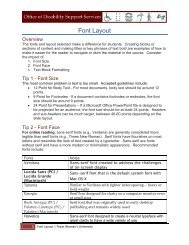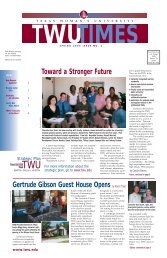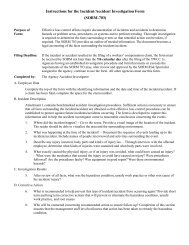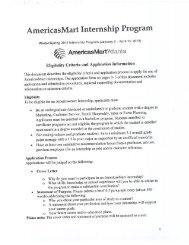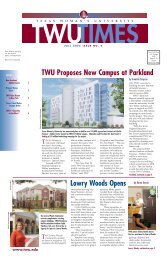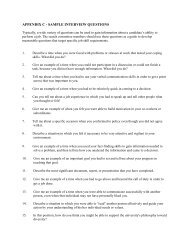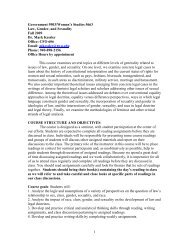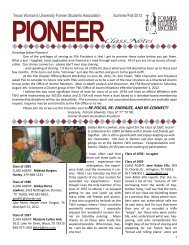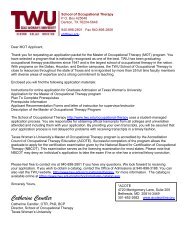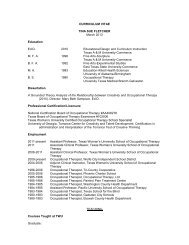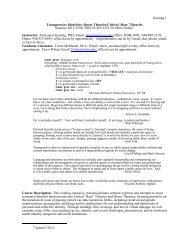HUMPHRIES' ASSESSMENT OF AQUATIC READINESS (HAAR) A ...
HUMPHRIES' ASSESSMENT OF AQUATIC READINESS (HAAR) A ...
HUMPHRIES' ASSESSMENT OF AQUATIC READINESS (HAAR) A ...
You also want an ePaper? Increase the reach of your titles
YUMPU automatically turns print PDFs into web optimized ePapers that Google loves.
1995], Conatser Adapted Aquatics Screening Test, and Project Inspire Aquatic<br />
Assessment are among the assessments used in the adapted aquatics settings. Table 1<br />
shows what components each aquatic assessment contains. Many of these assessments<br />
follow the traditional, learn-to-swim progression model—ARA does not follow this<br />
model. Only one of the assessments has document validity and reliability.<br />
Table 1<br />
Components of popular aquatic assessments<br />
Aligned<br />
Different curriculum/<br />
Initial<br />
Levels Activities Test Validity Reliability Safety<br />
LSAA Yes Yes Yes Yes No Yes<br />
ARA Yes Yes No Yes Yes No<br />
Inspire Yes No No No No No<br />
Conatser No No No No No No<br />
Developmental No No No No No No<br />
*modified from Bowerman, 2007<br />
Many of the assessments have a few or none of the listed components. The question<br />
arises why are these particular components essential for an adapted aquatic assessment?<br />
Without these particular components it is probably that the assessment will not provide a<br />
complete understanding of the student’s capabilities (Langendorfer & Bruya, 1995;<br />
Sherrill & Silliman-French, 2004), thus limiting the choices of activities that can be<br />
provided for the student. This is due to the limited amount of information that can be<br />
8



